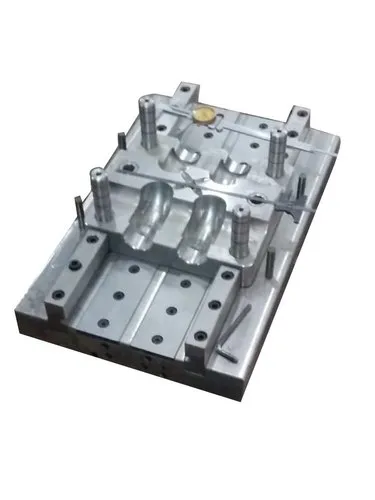Polymers are widely used materials in various industries due to their versatility, durability, and cost-effectiveness. Among them, five polymers stand out for their broad applications and unique properties: HDPE, PET, PVC, PP, and PC. Here’s an overview of each:
1. High-Density Polyethylene (HDPE)
Properties: High strength-to-density ratio, resistant to impact and chemicals, non-leaching.
Applications: Used in milk jugs, detergent bottles, water pipes, and plastic bags.
Advantages: Recyclable, weather-resistant, low moisture absorption.
Limitations: Susceptible to UV degradation without additives.
2. Polyethylene Terephthalate (PET or PETE)
Properties: Clear, strong, lightweight, excellent gas and moisture barrier.
Applications: Commonly used in beverage bottles, food containers, and synthetic fibers (e.g., polyester).
Advantages: High recyclability, good thermal stability, resistant to solvents.
Limitations: Can degrade under high temperatures or prolonged UV exposure.
3. Polyvinyl Chloride (PVC)
Properties: Rigid or flexible (depending on plasticizers), flame-resistant, chemical-resistant.
Applications: Used in pipes, window frames, flooring, medical devices, and cables.
Advantages: Durable, cost-effective, good insulating properties.
Limitations: Environmental concerns related to production and disposal; additives may affect safety.
4. Polypropylene (PP)
Properties: Tough, fatigue-resistant, low density, high melting point.
Applications: Used in automotive parts, food containers, textiles (non-woven fabrics), and caps/lids.
Advantages: Chemically resistant, lightweight, good for high-temperature applications.
Limitations: UV sensitivity, becomes brittle at low temperatures.
5. Polycarbonate (PC)
Properties: Transparent, high impact resistance, good dimensional stability.
Applications: Used in eyewear lenses, CDs/DVDs, medical devices, and bulletproof glass.
Advantages: Optical clarity, high strength, heat resistance.
Limitations: Prone to scratching, higher cost, potential BPA concerns.
Conclusion
Each polymer—HDPE, PET, PVC, PP, and PC—serves distinct purposes depending on required characteristics like strength, flexibility, transparency, and resistance to heat or chemicals. Their diverse applications span across packaging, construction, automotive, electronics, and consumer goods industries. Choosing the right polymer depends on balancing performance, cost, safety, and environmental impact.


